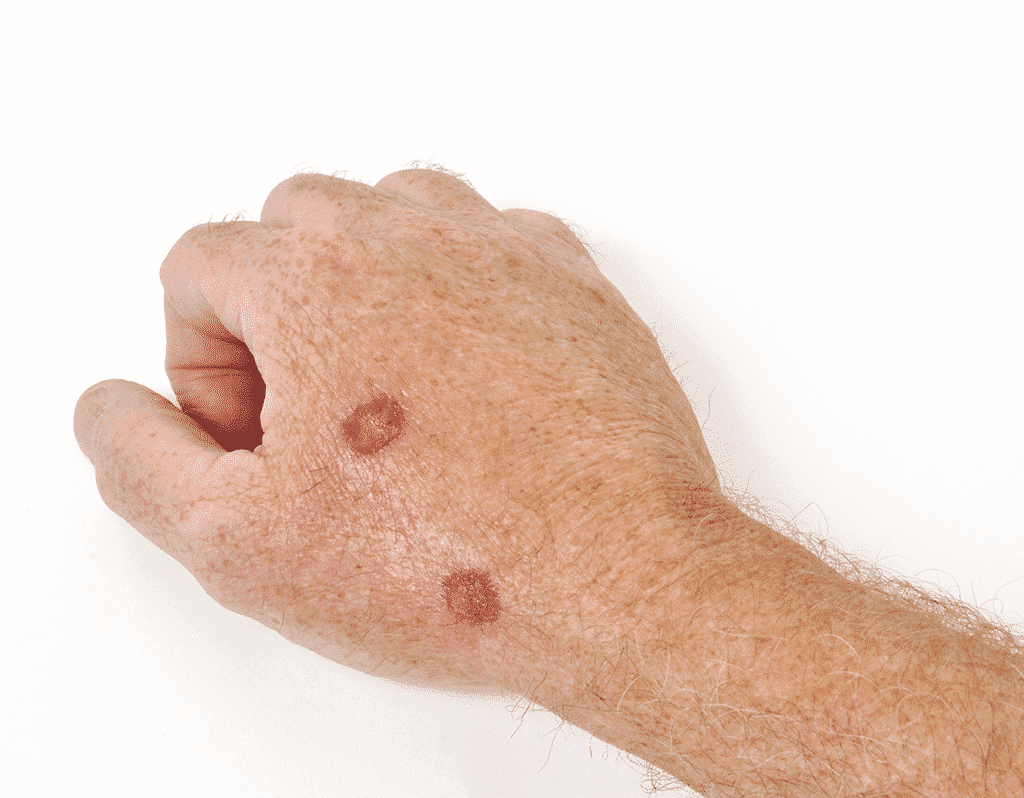Cryotherapy is a quick and effective way to remove warts caused by viruses. The process involves applying a freezing substance (usually liquid nitrogen) to the wart, causing it to freeze and eventually fall off. Cryotherapy can be done at your doctor’s office and generally only takes a few minutes. The treatment is low-risk and typically leaves little to no scarring.
What to Expect from Cryotherapy Surgery
Cryotherapy is a minimally invasive procedure, but it can be painful. For this reason, it is generally recommended for adults. Children can receive cryotherapy, but they may find it very painful. In some cases, a local anesthetic can be applied but is not necessary.
During the procedure, your doctor will start by cutting or trimming the wart using a small knife. Sometimes this step is not needed. They will then apply liquid nitrogen to the wart with a cotton swab or spray. The liquid nitrogen will feel very cold on the skin and may sting, but you’ll only feel it for about 10 to 20 seconds. If applied to the forehead or temple area, liquid nitrogen may give you a headache.
Cryotherapy treatment is relatively quick, but thicker warts may require several applications of liquid nitrogen for the treatment to be effective. If so, you’ll have to wait for one to three weeks before cryotherapy can be performed again.
If you prefer, at-home wart-freezing treatments can be purchased over-the-counter from your local drugstore but may be less effective. Cryotherapy using liquid nitrogen should only be performed by your doctor.
Recovery After Treatment
Recovery time for cryotherapy is low, and the risk of scarring is minimal. The healing process generally takes 7 to 14 days, with pain lasting around three days. You should be able to return to your normal routine almost immediately after the procedure, including bathing and showering.
While the area is healing, you may notice a blister starting to form. This is a common reaction to the freezing process. If a blister forms or if it pops, you should disinfect the area immediately to stop the wart virus from spreading. After about a week, a scab may form where the liquid nitrogen was applied. If so, it should fall off shortly after.
Another side effect of cryotherapy is potential hair loss in the area where the liquid nitrogen was applied. For this reason, you may want to rethink having cryotherapy done on areas like the scalp.
Complications from Cryotherapy
Cryotherapy is a low-risk procedure, but complications can occur. The most common complication is infection. Some signs of infection after cryotherapy include:
- Pain, swelling, and redness in the area
- Red streaks surrounding the area
- Discharge or pus
- Fever
If the area becomes infected, the healing period will be longer. If bacterial infection develops, it can be treated with antibiotics. You should contact your doctor if symptoms of infection persist.
Nerve damage may occur if the wart is very thick or requires repeated treatments. This may result in temporary numbness in the area.
Other complications include:
- Ulcers
- Skin lesions
- Scarring or altered pigmentation where liquid nitrogen was applied
Should you get Cryotherapy?
Warts caused by a virus often go away on their own, but without treatment, it may take years for a wart to disappear entirely. Cryotherapy is a good option for those wishing to speed up the process as it is quick and inexpensive. You’ll likely be in and out of your doctor’s office in a few minutes. Many people turn to cryotherapy when over-the-counter treatments like salicylic acid don’t work.
Cryotherapy is suitable for everyone and is a good option for those wishing to remove a facial wart, as it causes less scarring than other wart removal procedures. However, it may be better suited for those with fair skin, as it is more likely to cause scarring on darker skin tones.

